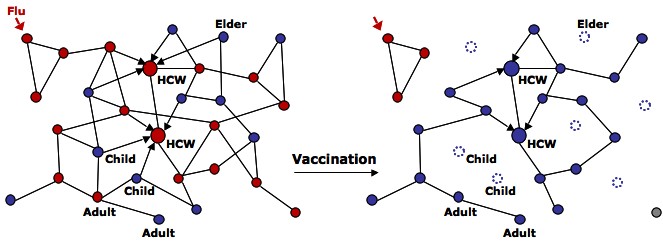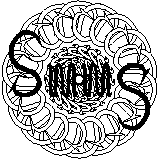
Saturday Morning Math Group
Spring 2006 Schedule

 |
Saturday Morning Math GroupSpring 2006 Schedule |
 |
| Location: RLM
4.102 (On the UT campus) Group Leader: Dr. Lorenzo Sadun -----------------------------------------------------> Topic: Self-similar Tilings Title: "Substitution Tilings and the Droste Effect" Poster: Click here for the poster. |
 |
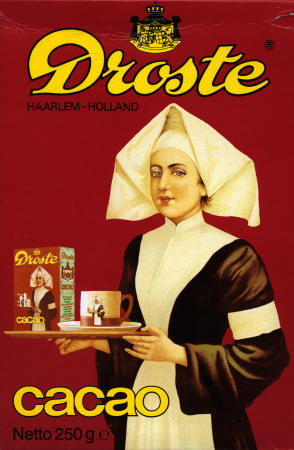
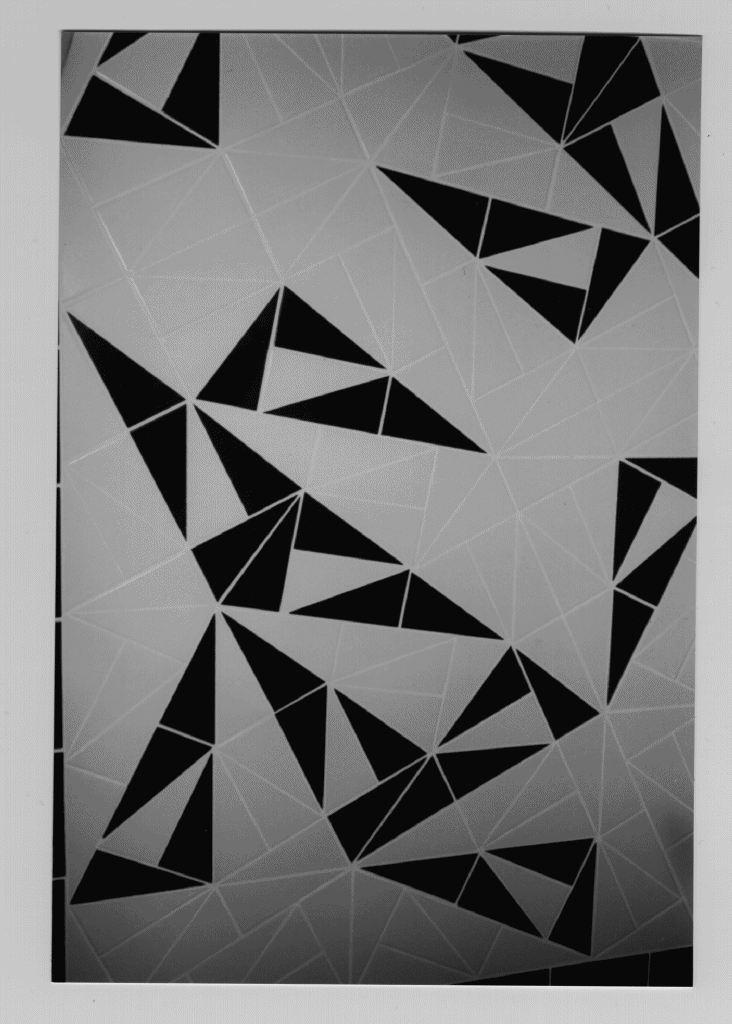
| Location: WEL 1.316
(On the UT campus) Group Leader: Dr. Alistair Windsor --------------------------------------------------> Topic: Fractals Title: "Fun with Fractals" Poster: Click here for the poster. |
 |

First
we will look at the grand-daddy of all fractal
images, the Mandelbrot set, and its associated Julia sets. We will see
how these crazy objects are defined and look at some of the really fine
structure.
Then we will also look at some fractal patterns in nature and some of
the famous fractal patterns such as the Sierpinski triangle and Koch
snowflake. Using simple geometric models we can calculate some
"dimensions" and show that these fractals are fractional dimensional.
Here are the slides from the
talk.
Also,
here are some useful links and additional information pertaining to the
topic:
This is where you find the Mac
program that was used during the first part of the talk.
The best fractal program is the DOS program Fractint.
There are numerous other programs, too.
Next you find a brief bibliography of nice books:
Heinz-Otto Peitgen, Hartmut Jurgens, Dietmar Saupe. Fractals for the Classroom
Part 1: Introduction to Fractals and Chaos. Springer. 1992
Heinz-Otto Peitgen, Hartmut Jurgens, Dietmar Saupe. Fractals for the Classroom
Part 2: Complex Systems and Mandelbrot Set. Springer. 1992
Michael F. Barnsley. Fractals Everywhere. Academic Press. 1988
| Location: WEL 1.316
(On the UT campus) Group Leader: Zachary Booth Simpson -------------------------------------------------> Topic: Mathematics of 3D Computer Animation Title: "Video Game Mathematics" Poster: Click here for the poster. |
 |
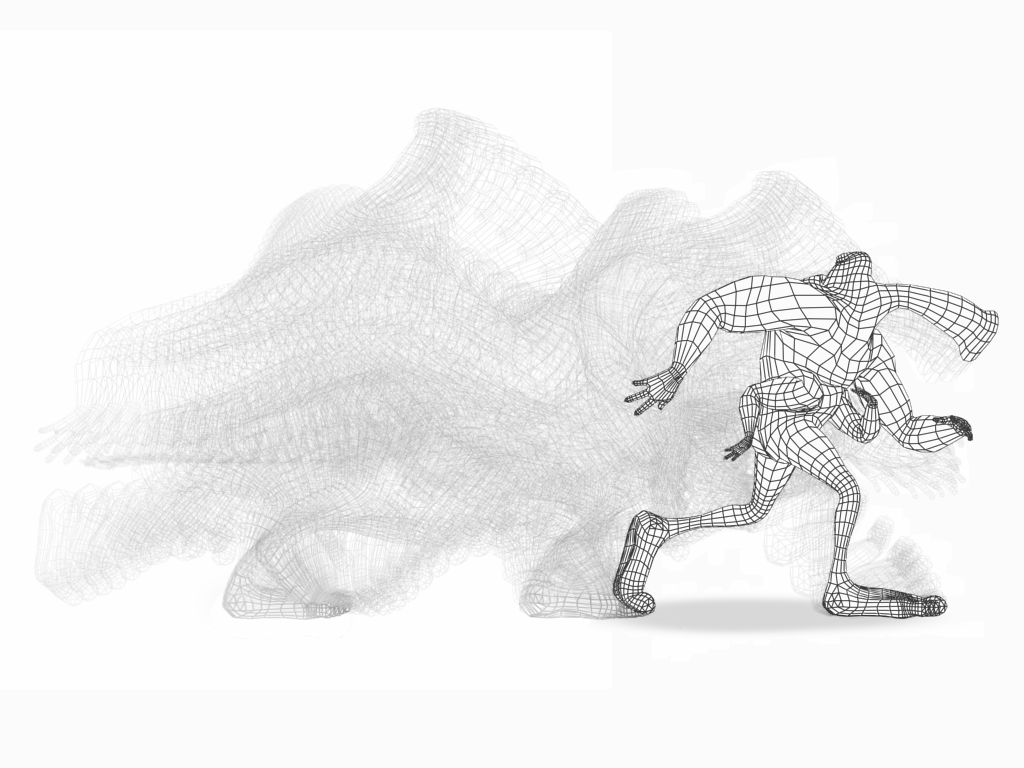
| Location: RLM
4.102 (On the UT campus) Group Leader: Dr. Lauren Ancel Meyers ---------------------------------------------> Topic: Mathematics and Biology Title: "New Mathematical Methods for Forecasting the Spread of Infectious Diseases" Poster: Click here for the poster. |
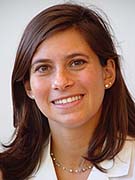 |
